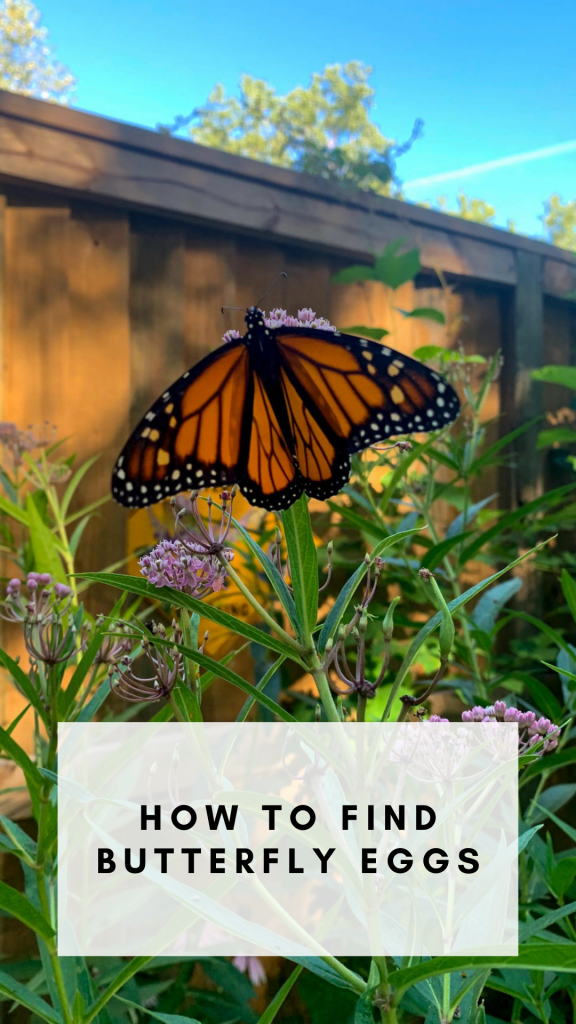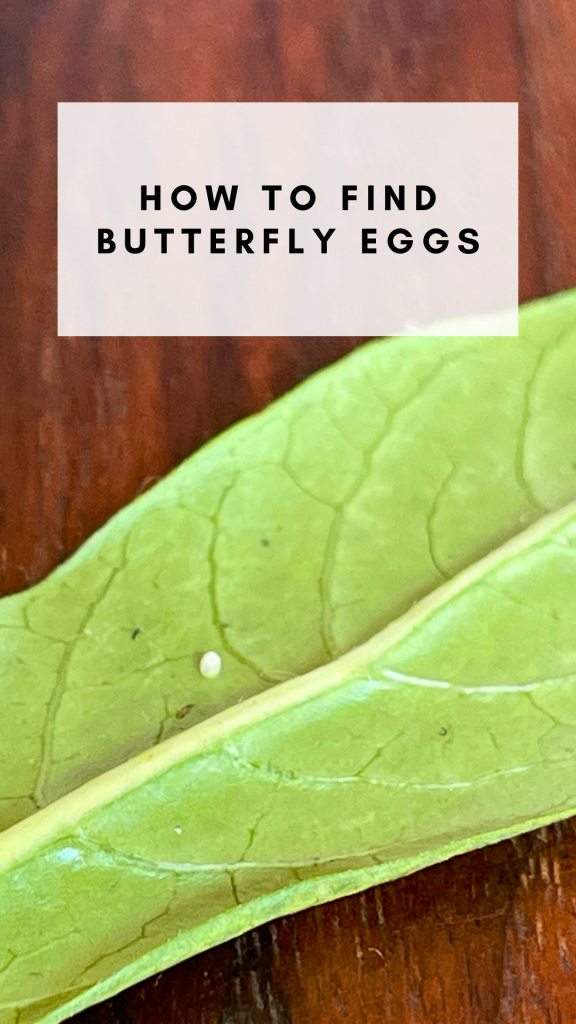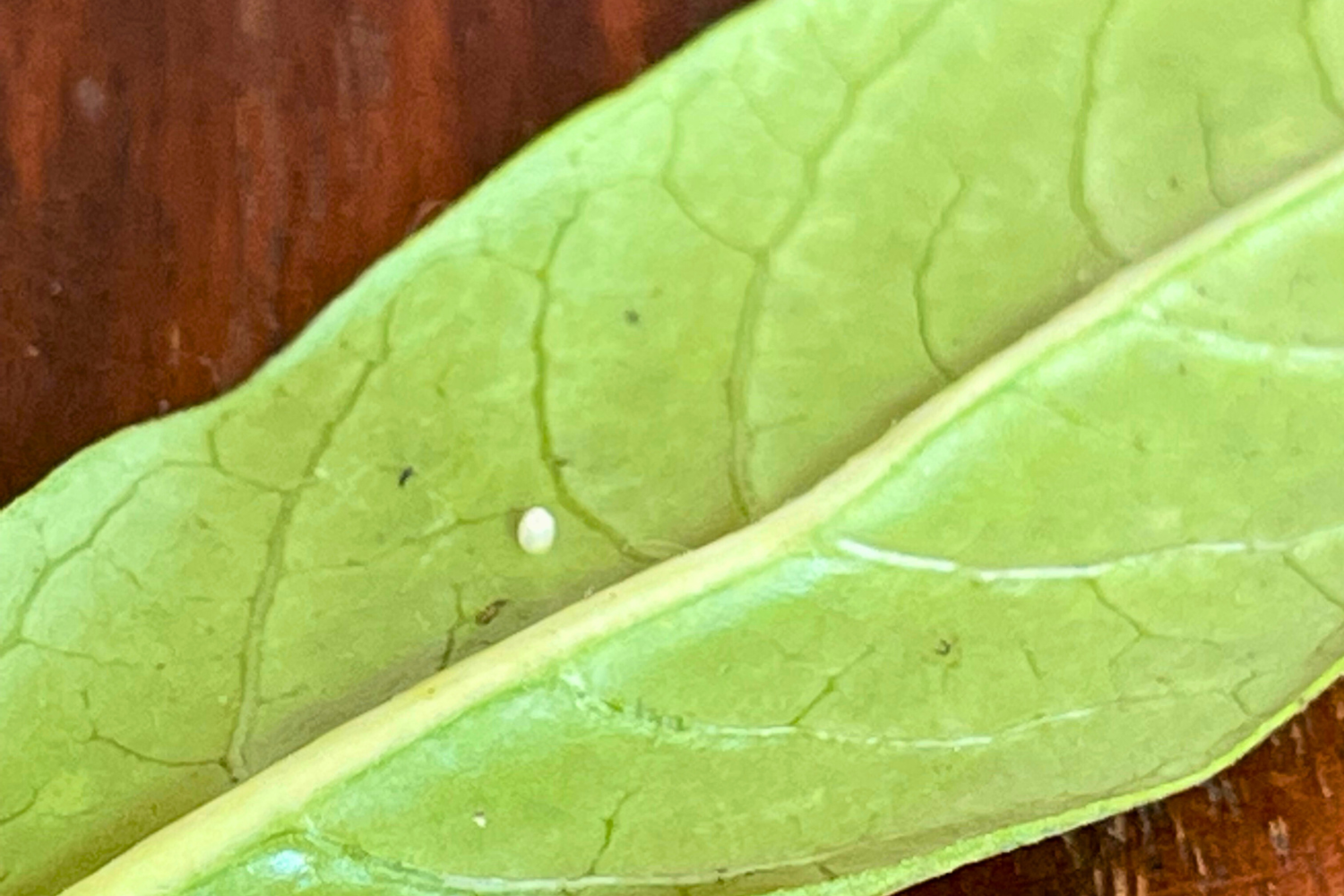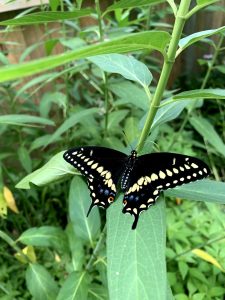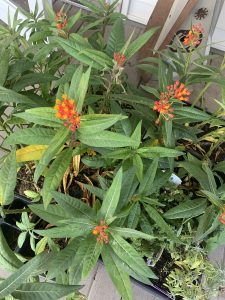Finding butterfly eggs can be an exciting and rewarding experience, especially if you choose to bring them inside to raise the caterpillars. In the wild, caterpillars only have a 2-10% survival rate, so bringing them inside may help butterfly conservation efforts.
It’s also a really fun way to give your family a front row seat to the fascinating metamorphosis and life cycle of butterflies!
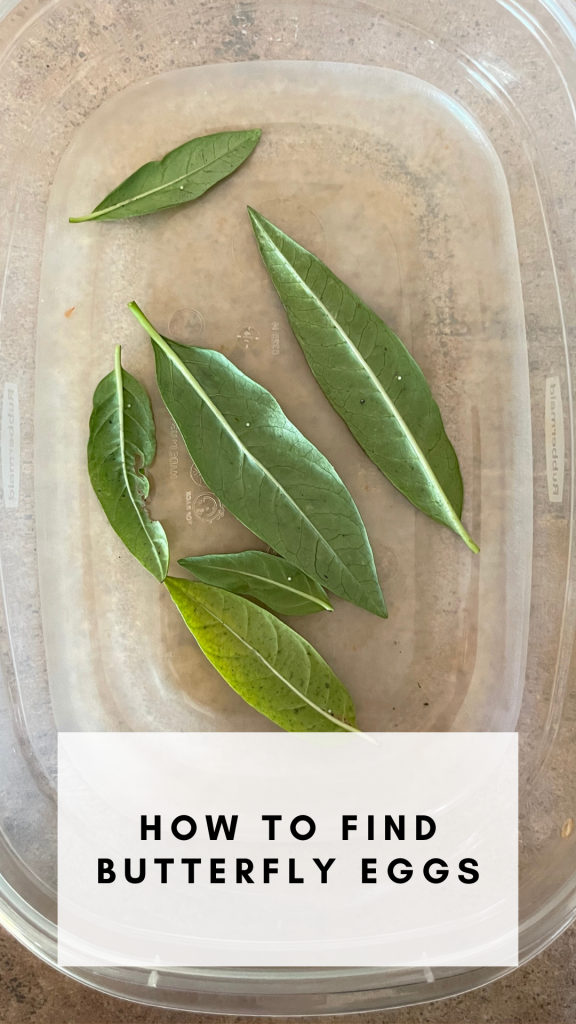
How to find butterfly eggs
Here are some steps to help you locate butterfly eggs. We’ll walk through each step with examples of the monarch butterfly:
Research Butterfly Species:
Start by researching the specific butterfly species you’re interested in finding eggs for.
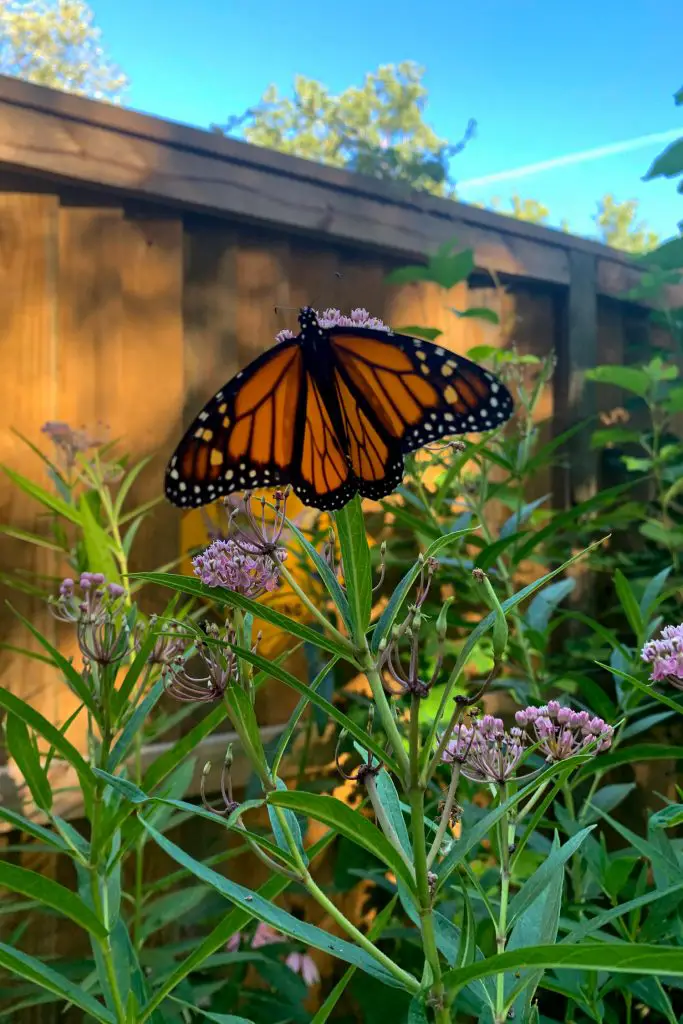
Different butterfly species lay their eggs on different host plants, so understanding their preferences will guide your search. Learn about their preferred habitats, seasons, and host plant species.
Monarchs live all throughout North America, frequently the northern states and Canada as the summer approaches. In the fall, they migrate to California and Mexico until the weather warms up again the following year.
Identify Host Plants:
Once you know the butterfly species you’re targeting, identify the host plants they rely on for egg-laying.
Butterflies are selective about the plants they choose, as their caterpillars need specific leaves for food. Research the host plants and become familiar with their characteristics to aid in your search.
Monarchs only lay eggs on milkweed. There are several different types of milkweed in North America, and it’s possible to find monarch eggs on all of them, but you won’t find them on any other species of plant.
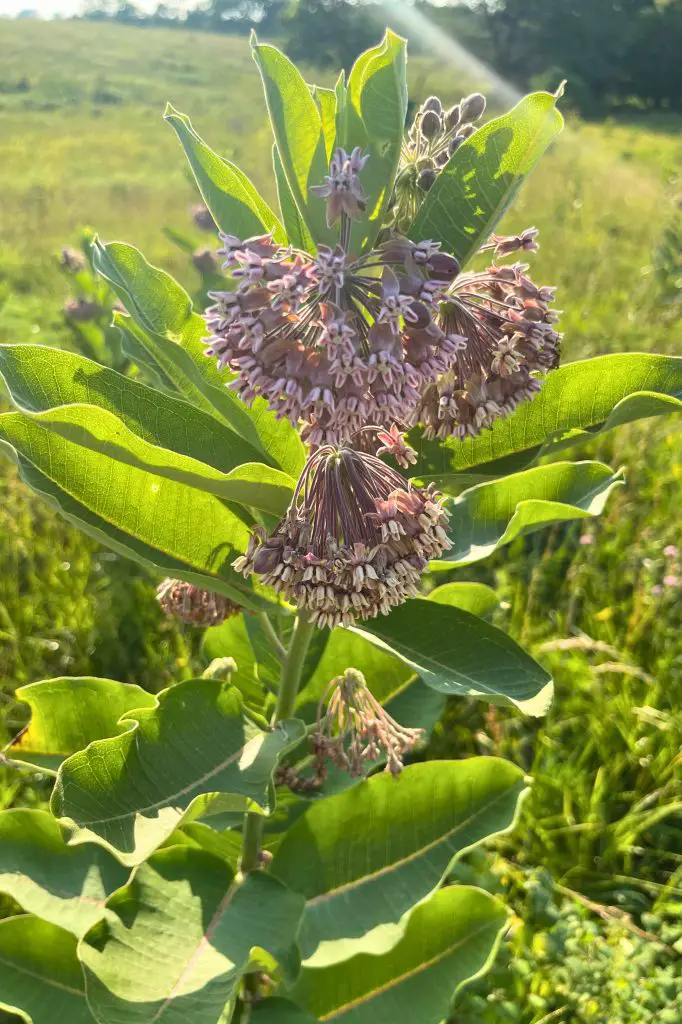
Common milkweed is very common here in Missouri. You can find it on the side of the road nearly anywhere rural-ish during the summer. This is how we originally got into raising butterflies before planting our own milkweed.
Learn more about growing and caring for milkweed.
Observe Adult Butterflies:
Spend time observing adult butterflies in your garden, local parks, or butterfly habitats. Look for butterflies fluttering around or landing on specific plants. By closely monitoring their behavior, you may be able to witness females laying eggs.
When you see monarch butterflies fluttering around your garden and your milkweed, that’s a good sign that soon you’ll be able to find eggs!
Inspect Leaves and Stems:
Carefully examine the leaves and stems of host plants, especially the undersides, as many butterflies prefer to lay their eggs there for protection. Look for tiny, round or oval-shaped structures that resemble miniature pearls. These are the butterfly eggs.
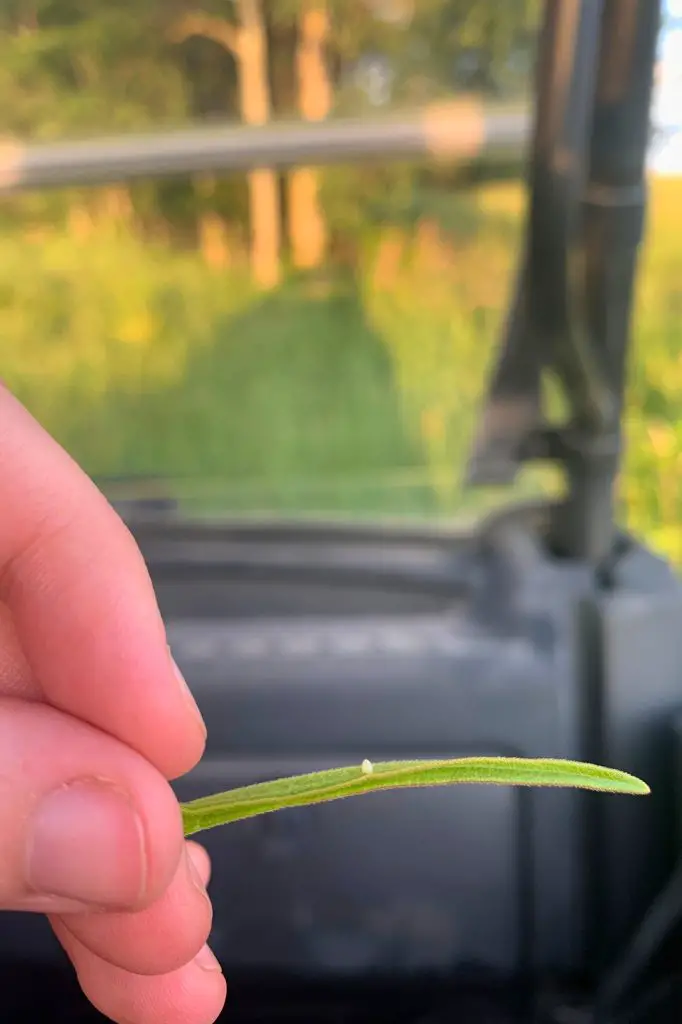
Monarch eggs are typically on the underside of the leaves and are off-white, oval shaped with visible ridges. Sometimes it’s tricky to tell the difference between a sap ball and an egg, but sap balls tend to be perfectly round and you won’t find the ridges on close inspection.
Use a Magnifying Glass:
Eggs can be extremely small and well-camouflaged, so a magnifying glass can be helpful in your search. It allows you to inspect plants more closely and spot eggs that may otherwise go unnoticed.
It’s also fun to see the difference in the egg stages. As the caterpillar is about to hatch from its egg, the egg will get darker. Newly hatched caterpillars are tiny, so a magnifying glass can also be helpful in observing them the first few days!
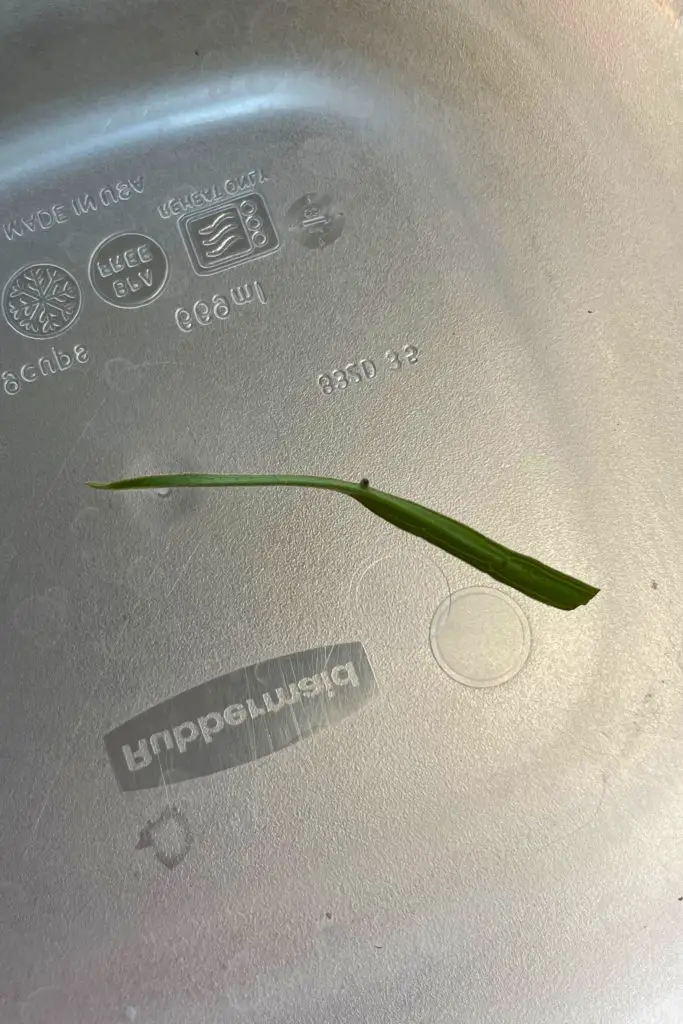
Be Patient and Persistent:
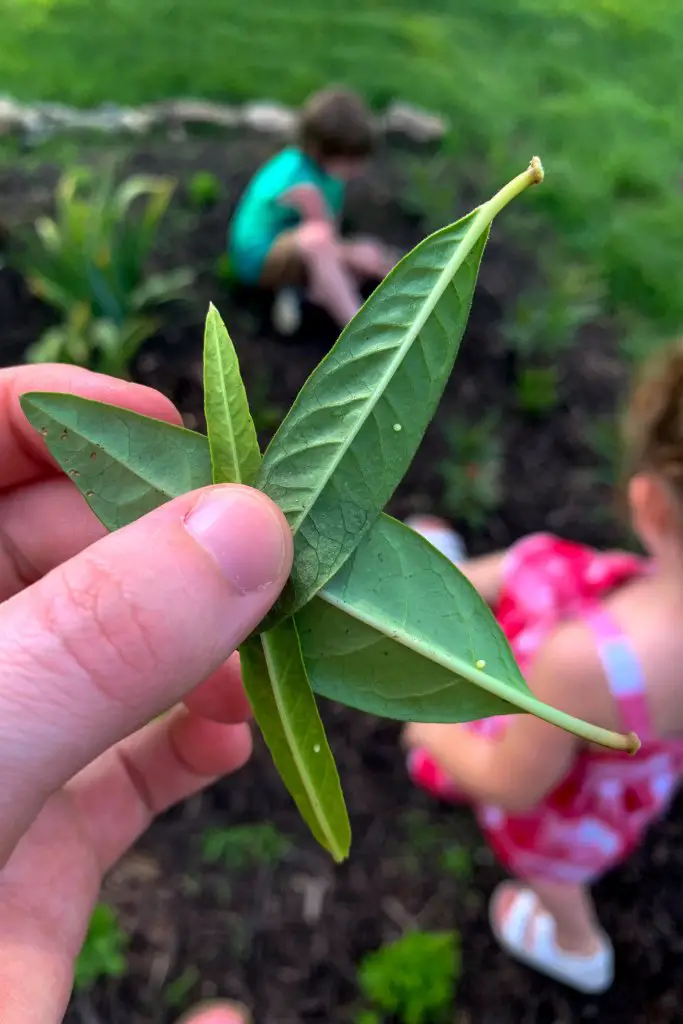
Finding butterfly eggs can take time and patience. It requires careful observation and regular visits to potential egg-laying sites.
Remember that butterflies have specific flight periods and may lay eggs during certain times of the year. Persistence increases your chances of discovering their eggs.
We are diligent about checking our milkweed plants for monarchs eggs daily. We call it going on a “egg hunt” and the kids love it!
Document and Protect:
Once you find butterfly eggs, document your findings with photographs or notes. Take care not to disturb or damage the eggs, as they are fragile.
If you aren’t taking them inside to raise them, avoid touching them, and if you need to move closer for a better look, use a soft brush or twig instead of your fingers.
If you are interested in learning how to raise the caterpillars through the metamorphosis process, you can learn about that here.
What if I find a caterpillar on a host plant?
During your egg search, you might also find caterpillars that have already hatched. You can also bring those inside to raise, but there are a couple things to consider.
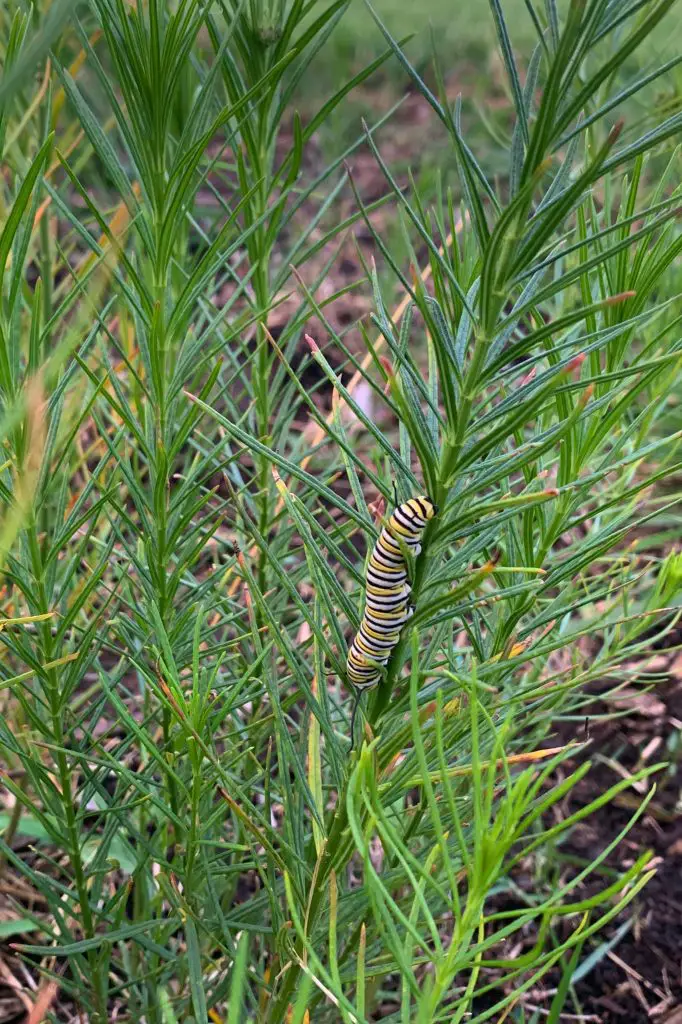
First, be sure you have access to enough of the host plant to keep them fed until they pupate into a chysalis. Monarch caterpillars eat A LOT during the last few days.
Also be sure to keep these caterpillars quarantined from other caterpillars you may already be raising inside. It’s fairly common for caterpillars to be the target of parasitic fly and wasp larva, and you’d never know by looking at them. You often won’t know this until the adult fly/wasps hatch from the chrysalis instead of a butterfly.
They may also have been exposed to other bacterial infections common to caterpillars.
If you choose to bring in caterpillars, especially bigger caterpillars, just understand their survival rates are lower than ones brought in during the egg stage, and they should be kept separate from other caterpillars, even in the pupa stage.
If you found this information about how to find butterfly eggs useful, pin it to Pinterest!
